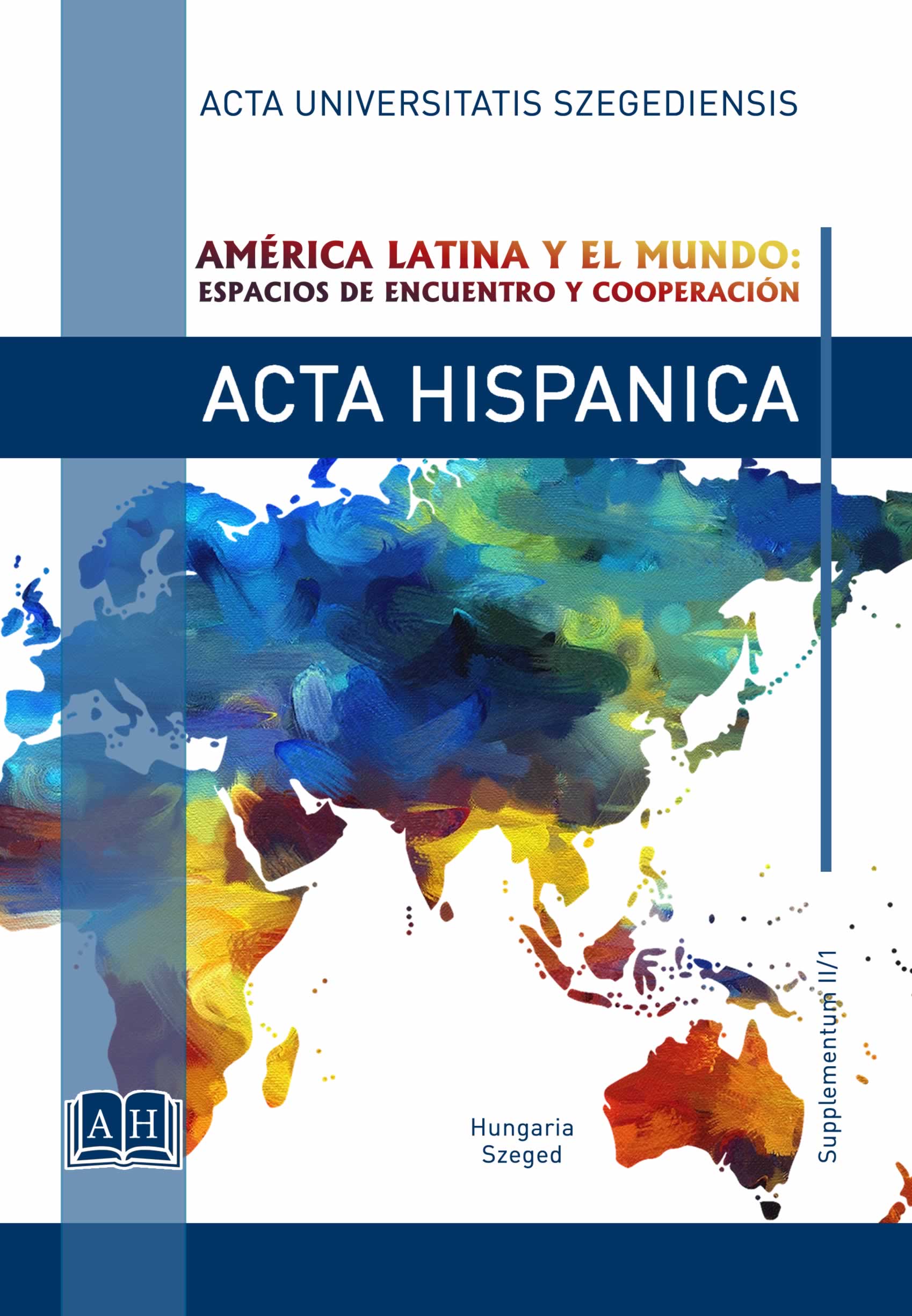Visual Allusions to the Mexican-American War Paintings from the Düsseldorf School
Main Article Content
Resumo
The Mexican-American War (1846-48) is often described as the first major war in US history inspired by the idea of Manifest Destiny. The significance of this war, however, has not been matched by a rigorous scrutiny of its representation in contemporary visual culture. This study hopes to contribute to filling this void through an iconological investigation of three American paintings made in the Düsseldorf Academy, by now canonized and perceived as ultimate visual treatments of the topic. The paper first discusses the war and the public debates surrounding it in the US, then turns to the visual scene and introduces how the war was portrayed in various art forms. Next, it touches upon the artistic milieu of the Düsseldorf Academy in preparation for the analysis of the three paintings to follow. The study argues that these images depart from the American tradition of depicting war through concrete battle scenes. Instead, they offer symbolic representations or allusions, approaching the war in terms of morality, political philosophy and its potential social and economic consequences, while also employing ambiguity to urge viewers to contemplate on the implications of the war. In the meanwhile, they seem to express little if any consideration for the impact of the war on Mexico, its culture, and people.
Downloads
Article Details
Referências
American Antiquarian Society (n.d.). The Early Nineteenth-century Newspaper Boom. Worchester: National Research Library. Available at: http://americanantiquarian.org /earlyamericannewsmedia/exhibits/show/news-in-antebellum-america/the-newspaper-boom, access date: 03-09-2019.
Annus, Irén (2007). The Deaths of General Wolfe. Hungarian Journal of English and American Studies (HJEAS) 13:1/2. 105-119. Available at: https://www.jstor.org /stable/41274386, access date: 03-09-2019.
Conn, Steven (2002). Narrative Trauma and Civil War History Painting, or Why Are These Pictures so Terrible? History and Theory, 41/4. Available at: https://www.jstor.org/stable/3590666, access date: 04-09-2019.
Cristian, Réka M. (2011). Home(s) on Borderlands and Inter-American Identity in Sandra Cisneros’ Works. Americana, 11/1. Available at: http://americanaejournal.hu/ vol11no1/cristian, access date: 03-09-2019.
Cristian, Réka M. (2017). Concealed Americas in Alberto A. Isaac’s Mujeres Insumisas.” In: Cristian, Réka M., Andrea Kökény and György E. Szőnyi (eds.). 2017. Confluences: Essays Mapping the Manitoba-Szeged Partnership. Szeged: JATEPress. 167-176.
Fitz, Karsten (2007). The Düsseldorf Academy of Art, Emanuel Leutze, and German-American Transatlantic Exchange in the Mid-Nineteenth Century. Amerikastudien, 52/1. 15-34. Available at: https://www.jstor.org/stable /41158283, access date: 04-09-2019.
Harrington, Peter (2013). Art. In: Tucker, James (ed.). 2013. The Encyclopedia of the Mexican-American War: A Political, Social, and Military History, Vol. 1. Santa Barbara: ABC-CLIO. 34-35.
Heyrman, Joy P. (2012). New Eyes on America. In: Heyrman, Joy P.(ed.). 2012. New Eyes on America: The Genius of Richard Caton Woodville. Baltimore: Walters Art Museum. 11-26.
Johns, Elizabeth (1991). American Genre Painting: The Politics of Everyday Life. New Haven: Yale University Press.
Kistrein, Lincoln. American Battle Painting, 1776-1918. New York: Modern Museum of Arts. Available at: https://www.moma.org/ documents/moma_catalogue_2319_ 300190559.pdf, access date: 05-09-2019.
Kökény, Andrea (2018). Az 1846-1848-as amerikai-mexikói háború és megítélése. Világtörténet, 8/1. 23-43. Available at: http://real-j.mtak.hu/11303/1/vilagtortenet_2018 _1.pdf#page=266, access date: 04-09-2019.
Lemiski, Karen (1995). Picturing American History, 1770-1930. The Historian, 57/3. 567-72. Available at: https://www.jstor.org/stable/24451465, access date: 07-09-2019.
Lienzo de Tlaxcala. (c. 1550). Available at: http://www.palaceofthegovernors.org/ books.php, access date: 14-10-2019.
Pohl, Frances (2012). Framing America: A Social History of American Art. New York: Thames and Hudson.
Pratt, Stephanie (2009). Truth and Artifice in the Visualization of Native Peoples: From the Time of John White to the Beginning of the 18th Century. In: Sloan, Kim (ed.). European Visions: American Voices. 2009. London: The British Museum. 33-40. Available at: https://research.britishmuseum.org/pdf/1-Pratt-Truth%20and%20Artifice.pdf, access date: 01-10-2019.
Promey, Sally M. (2003). The “Return” of Religion in the Scholarship of American Art. The Art Bulletin, 85/3. 581-603. Available at: https://www.jstor.org/stable/3177387, access date: 31-10-2019.
Siegfried, Susan (1993). Naked History: The Rhetoric of Military Painting in Postrevolutionary France. The Art Bulletin, 75/2. 235-258. Available at: https://www.jstor.org/stable/3045947, access date: 04-09-2019.
Truettner, William H. (1995). Storming the Teocalli – Again: Or Further Thoughts on Reading History Painting. American Art, 9/3. 56-95. Available at: https://www.jstor.org/stable/pdf/310920, access date: 04-09-2019.
Vajda, Zoltán (2018). “Mexikó számunkra tiltott gyümölcs:” John C. Calhoun, a mexikói háború és a korlátozott expanzió ideológiájának természetrajza. Világtörténet, 8/1. 45-66. Available at: http://real-j.mtak.hu/11303/1/vilagtortenet_2018_1.pdf#page=48, access date: 04-09-2019.
Wierich, Jochen (2012). Woodville and the Düsseldorf School. In: Heyrman, Joy P.(ed.). 2012. New Eyes on America: The Genius of Richard Caton Woodville. Baltimore: Walters Art Museum. 39-50.
Wierich, Jochen (2001). Struggling through History: Emanuel Leutze, Hegel, and Empire. American Art, 15/2. 52-71. Available at: https://www.jstor.org/stable/3109347, access date: 04-09-2019.
Winders, Richard B. (2006). The American Army in the Mexican War: An Overview. PBS: The US-Mexican War. Available at: https://www.pbs.org/kera/usmexicanwar /war/american_army.html, access date: 20-10-2019.
Wolf, Bryan (1984). All the World's a Code: Art and Ideology in Nineteenth-Century American Painting. Art Journal, 44/4. 328-337.
Wright, Tom F. (2014). Proclaiming the War News: Richard Caton Woodville and Herman Melville. In: Ashe, Laura and Ian Patterson (eds.). 2014. War and Literature. Woodbridge: Boydell and Brewer. 163-182.





